Brain plasticity, also known as neuroplasticity, is a fundamental property of the human brain. It allows the brain to change and adapt in response to new experiences, learning, and stimuli. Throughout an individual's life, their neural networks reorganize.
This creates a dynamic system that can compensate for injury, adjust to new situations, and enhance cognitive abilities. This malleability is critical to the brain's ability to develop from infancy through adulthood. It is also a key element in recovering from brain damage.
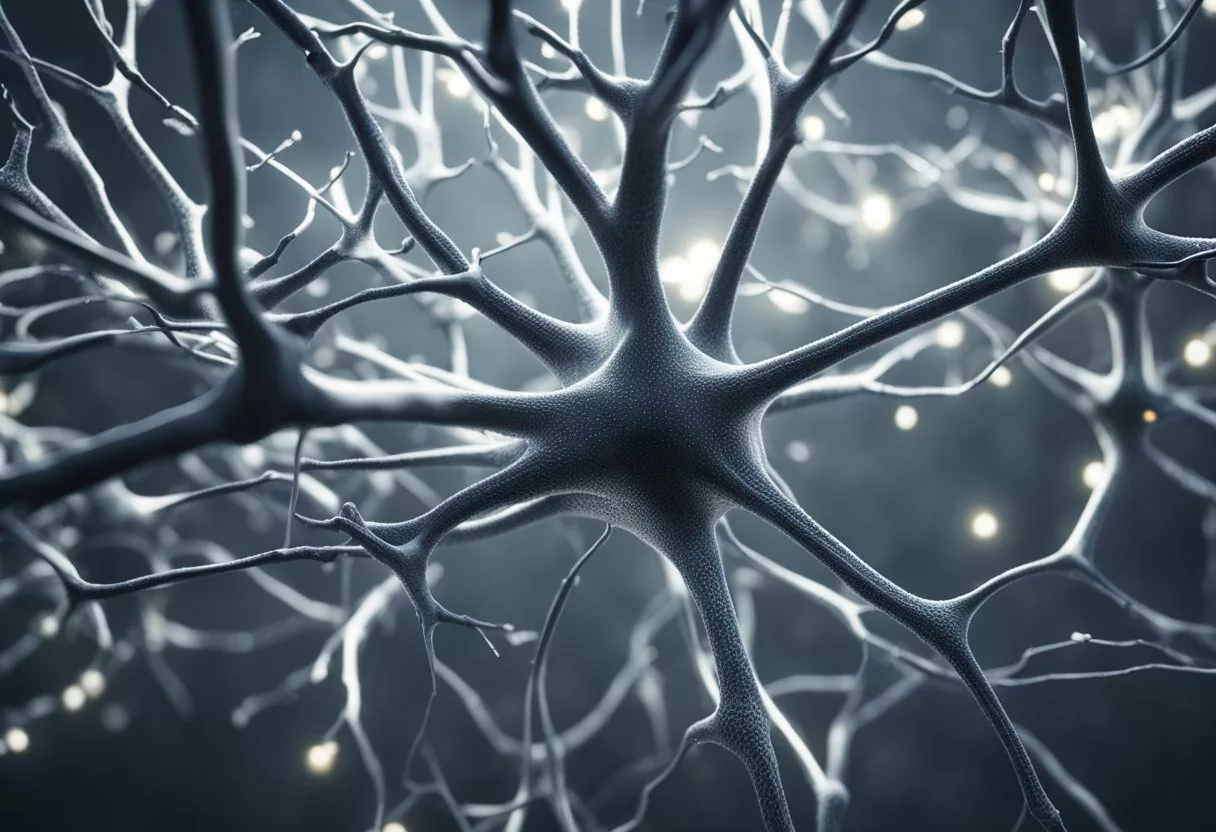
The role that brain plasticity plays in health is significant. Studies have shown that a variety of factors can influence the extent and manner in which the brain changes and adapts. These factors range from genetic and lifestyle choices to environmental influences and targeted therapies.
Understanding brain plasticity opens doors for innovative treatments and interventions that can improve cognitive function and overall brain health. Indeed, leveraging neuroplasticity through therapies and behavioral interventions has the potential to enhance quality of life and address neurological conditions effectively.
Key Takeaways
- Brain plasticity enables the brain to adapt and reorganize throughout our life.
- Neuroplasticity plays a critical role in learning, recovery from injury, and maintaining cognitive health.
- A variety of behavioral and therapeutic interventions can optimize brain plasticity for improved health outcomes.
Fundamentals of Brain Plasticity
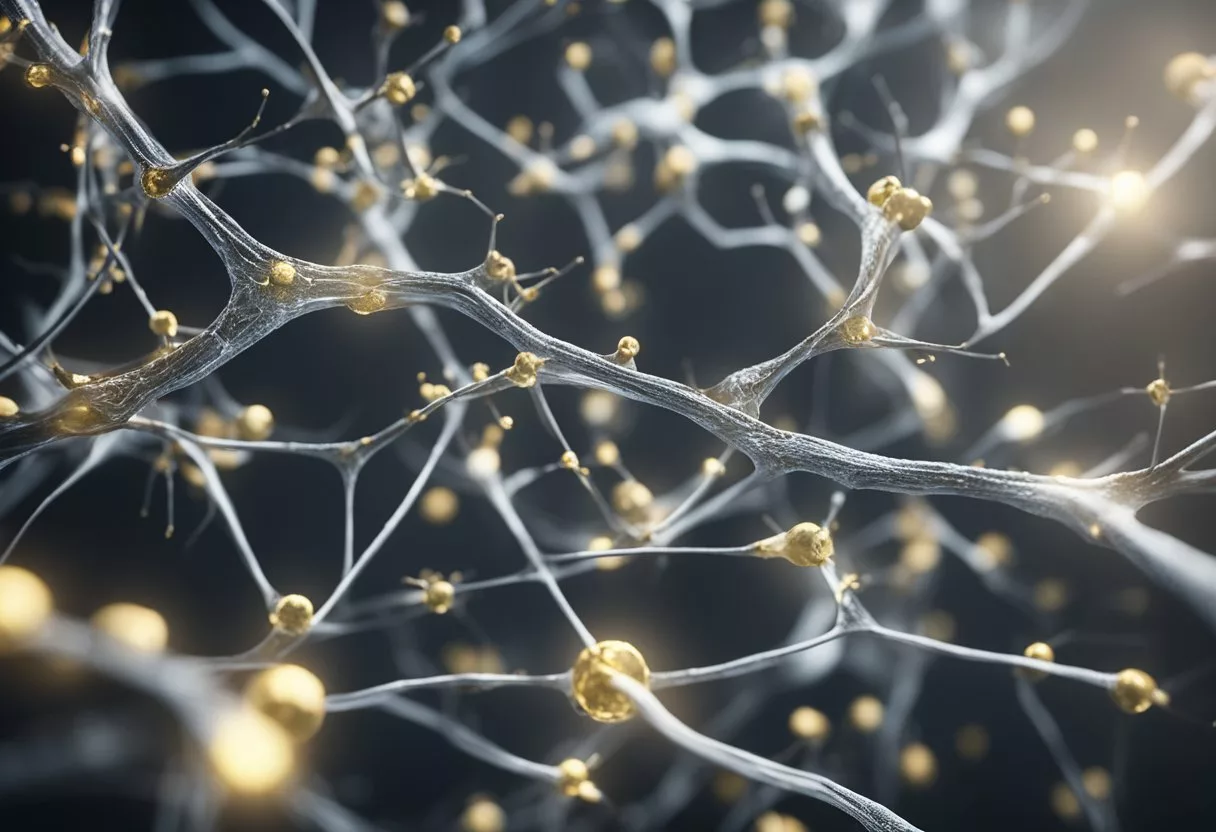
Brain plasticity, also known as neuroplasticity, is the brain's ability to reorganize itself both structurally and functionally throughout life as a response to experience, behavior, environment, and neural processes.
Defining Neuroplasticity
Neuroplasticity refers to the brain's capacity to change and adapt. This plasticity is the brain's intrinsic property that allows for the continuous remodeling of neurons and synaptic connections in response to new experiences or the recovery from injury.
Mechanisms of Neural Change
The mechanisms underlying neural change include neurogenesis, the birth of new neurons, and changes in synaptic density. Neuromodulators also play a crucial role in neural plasticity. They can alter the strength of synaptic transmission, a process known as synaptic plasticity, pivotal for learning and memory.
Types of Neuroplasticity
Neuroplasticity manifests in two primary forms: structural and functional. Structural plasticity concerns changes in the physical organization of the brain, such as an increase in synaptic density. Functional plasticity, on the other hand, involves the brain's ability to move functions from a damaged area of the brain to undamaged areas.
Influences on Brain Plasticity
Several factors impact brain plasticity, ranging from one's environment and lifestyle to their genetic makeup. How these interactions shape the brain's ability to reorganize and adapt can influence overall neurological health and cognitive functions.
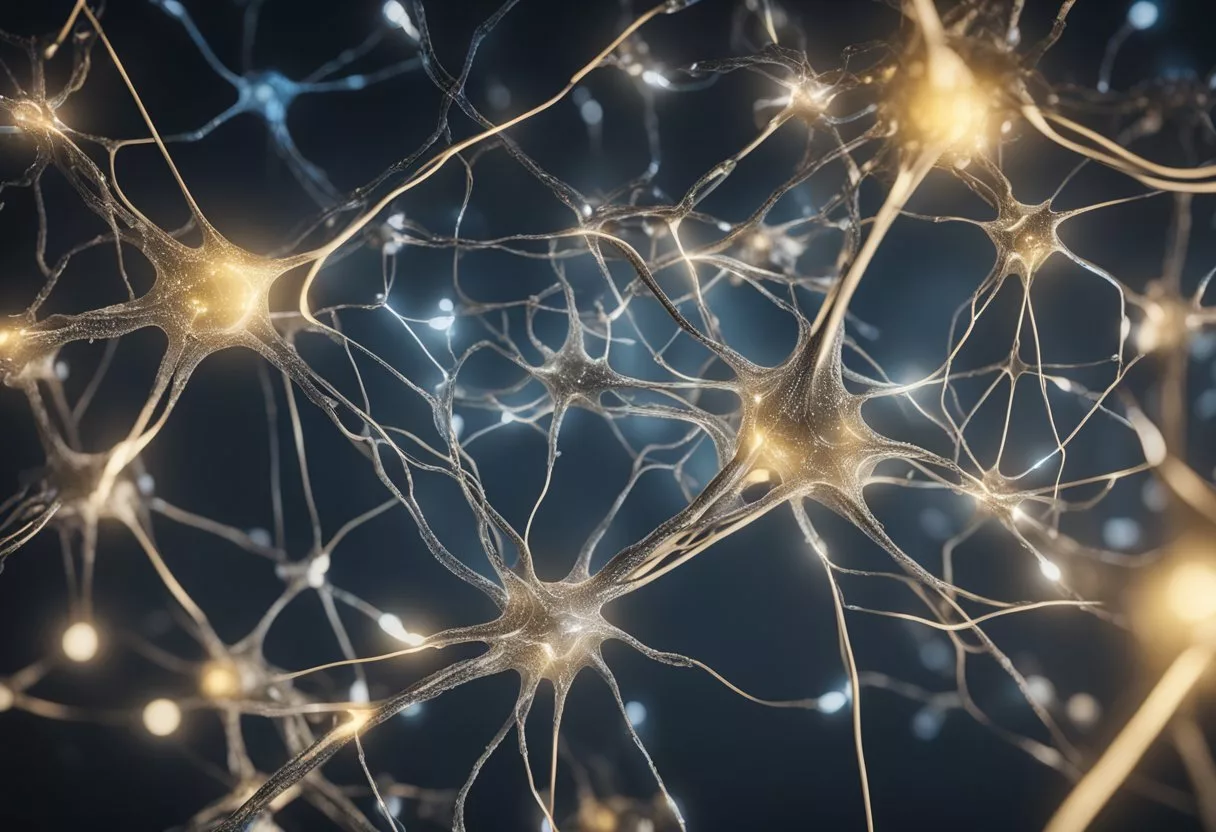
Environmental Factors
Environmental stimuli play a critical role in shaping the brain's plasticity. Stimulation through learning and environmental enrichment can enhance cognitive functions, while trauma or a deprived environment may hinder brain development and plasticity. For instance, studies show that experience in varied and complex environments can lead to improved neurological outcomes.
Lifestyle and Behaviors
Lifestyle choices and behaviors significantly influence brain plasticity. Regular exercise is known to bolster brain health, promoting growth factors essential for plasticity. On the other hand, stress and insufficient sleep can impair the brain's ability to reorganize and form new connections. Moreover, experiences of prolonged stress or trauma may adversely affect the brain's structure and function.
- Exercise: Promotes production of growth factors; enhances connections.
- Sleep: Essential for the consolidation of memory and learning.
- Stress: Can be damaging if chronic; disrupts neuroplasticity.
Genetic and Biological Factors
Genetics lay the foundation for an individual's brain plasticity. Specific genes influence the production of growth factors and the density of NMDA receptors, which are crucial for synaptic plasticity. Moreover, as one ages, genetic predispositions can either accelerate or slow down the natural decline in brain plasticity, highlighting the importance of genetic factors in maintaining cognitive functions during aging.
Brain Plasticity Across the Lifespan
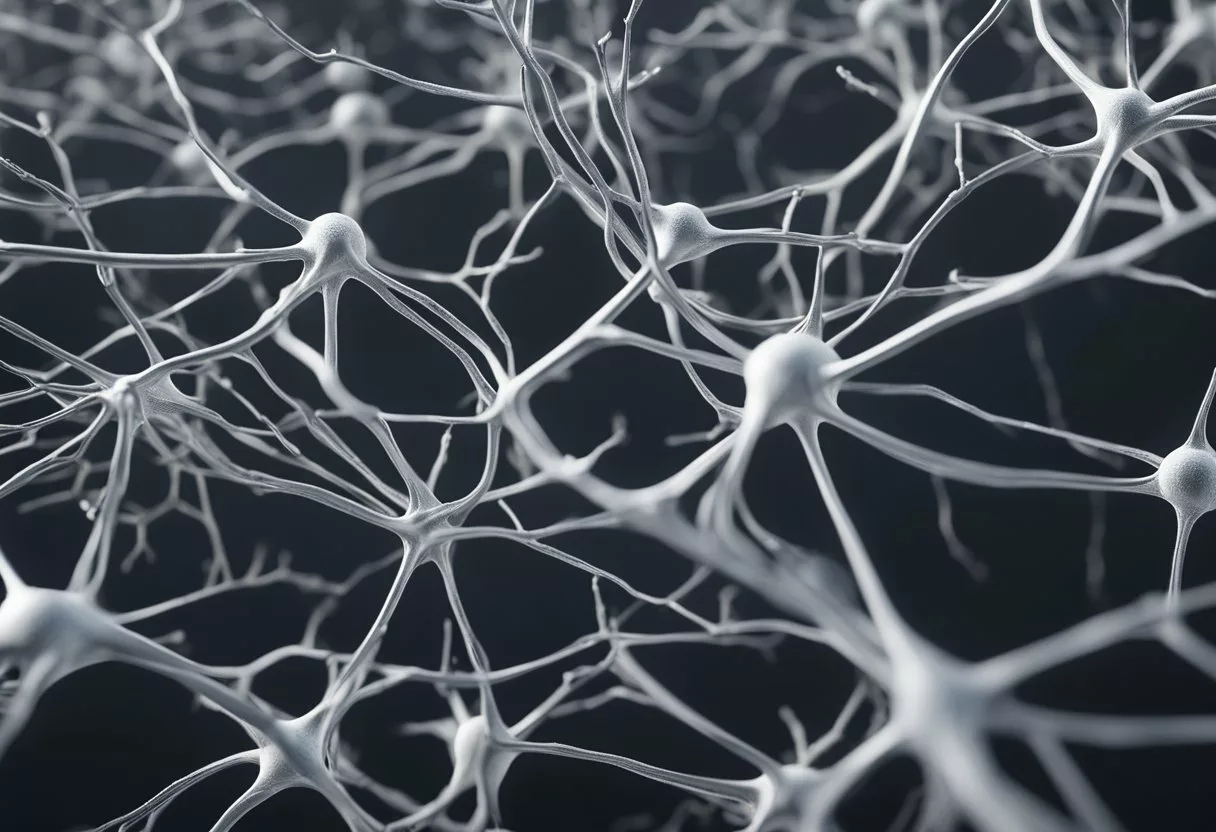
Brain plasticity, or neuroplasticity, refers to the brain's ability to change and adapt as a result of experience. This phenomenon is observed throughout an individual's life, from early childhood through aging.
Plasticity in Childhood
During childhood, the brain exhibits a remarkable capacity for neuroplasticity. This is the period when the brain and its cognitive functions are most malleable. Brain development is rapid, with neurons forming new synapses at a tremendous rate. Studies have shown that enriched environments can enhance synaptic growth, which suggests a critical window for cognitive and motor skill development. Notably, the process of myelination—where myelin sheath forms around nerves to facilitate signal transmission—accelerates in childhood, setting the stage for complex brain functions.
- Key developmental milestones:
- Rapid synapse formation and myelination
- Enhanced learning and adaptability
Adult Brain and Neurogenesis
Contrary to long-held beliefs that adult brains are static, research shows that adult neurogenesis continues to occur in certain brain regions, such as the hippocampus. This discovery has shed new light on the adult brain's potential for plasticity and its implications for lifelong learning and memory. Cognitive challenges and learning new skills can drive synaptic changes, albeit at a slower pace compared to childhood.
- Noteworthy areas of neurogenesis:
- Hippocampus
- Subventricular zone
Aging and Cognitive Function
With aging, the adaptability of the brain often declines, potentially leading to cognitive decline. However, interventions such as cognitive training, physical activity, and social engagement have been linked to sustained cognitive function and plasticity in older adults. The brain continues to show a degree of plasticity, even in old age, which can be harnessed to combat cognitive decline.
- Strategies to promote brain health:
- Cognitive training: Puzzles, new skills, and languages
- Physical activity: Consistent exercise to enhance blood flow to the brain
- Social connections: Engagement in community and social activities
Plasticity and Brain Health
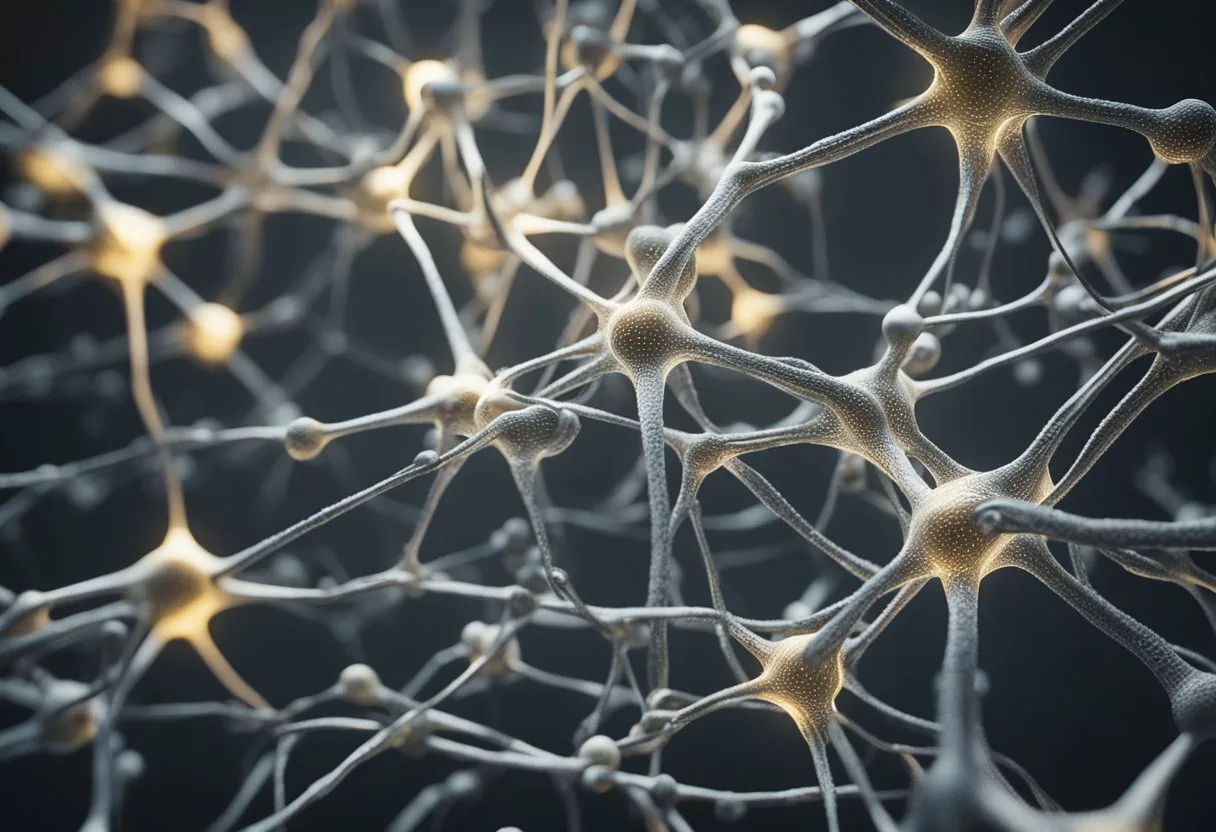
Brain plasticity, also known as neuroplasticity, refers to the brain's ability to change and adapt as a result of experience. This remarkable ability of the brain plays a crucial role in cognitive enhancement, recovery from injury, and the implications for mental health.
Cognitive Enhancement
Neuroplasticity facilitates cognitive enhancement by strengthening functional connectivity between neurons. When engaged in cognitive rehabilitation exercises or learning new skills, the brain undergoes synaptic changes, enhancing cognitive abilities. Researchers have found that cognitive training can induce neurogenesis, leading to improved memory and learning capabilities. This signifies the potential for clinical applications to harness the brain's plasticity to treat cognitive deficits associated with conditions like schizophrenia.
Recovery from Injury
After an injury or trauma, the brain's plasticity allows for recovery and rehabilitation. Trauma to the brain can sever connections between neurons, but neurogenesis and reorganization can bridge the gaps created. Effective rehabilitation relies on this adaptive quality, as seen in stroke survivors who regain lost functions. The principle of "use it or lose it" is often applied in cognitive rehabilitation, encouraging the use of affected limbs or cognitive functions to promote recovery.
Mental Health Implications
Mental health issues, such as depression, PTSD, and other affective disorders, are influenced by changes in brain plasticity. Research shows that brain-derived neurotrophic factor (BDNF) plays a key role in the plastic changes associated with mental health. Treatments stimulating neuroplasticity, such as certain therapies and medications, hold promise for conditions like major depressive disorder and PTSD. Additionally, chronic stress can negatively impact neuroplasticity, highlighting the importance of managing stress to maintain mental health and well-being.
Research and Clinical Approaches
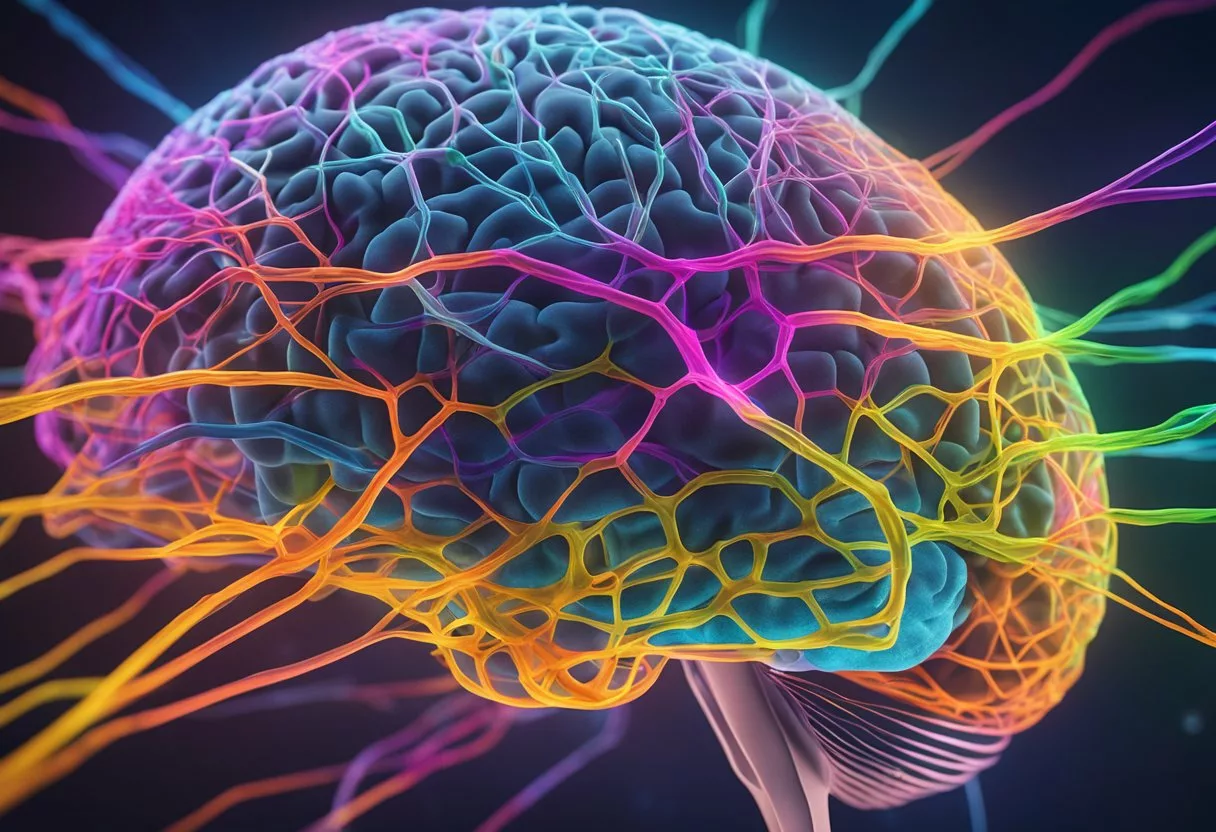
Advancements in research have elucidated the dynamic nature of neuroplasticity and its significant potential for clinical applications. These range from recovery post-traumatic brain injury to therapeutic interventions targeting neuropathologies.
Studying Neuroplasticity
Researchers, including Pascual-Leone A and his colleagues, have made substantial progress using transcranial magnetic stimulation (TMS) to observe changes in neuroplasticity. This non-invasive technique plays a pivotal role in mapping out the functional changes in the brain, highlighting the capacity of neuronal circuits to adapt structurally and functionally.
Kolb B has contributed to understanding how environmental factors and enriched settings can stimulate structural changes and neuroplasticity in the healthy and injured brain.
Therapeutic Interventions
Clinical applications of neuroplasticity research are diverse. Cramer SC has explored how stroke recovery capitalizes on the brain's plasticity through rehabilitative strategies.
In cases of traumatic brain injury, therapeutic interventions leverage mechanisms like spike-timing-dependent plasticity to promote recovery.
Furthermore, stem cells have been investigated for their potential to induce plastic changes and repair neural pathways. Meanwhile, Dobkin BH has documented effective approaches in translating plasticity research into tangible clinical treatments.
Future Directions in Plasticity Research
Ongoing research continues to refine our understanding of the brain's plasticity. The integration of system-wide analyses and targeted studies promises to open new avenues in neuropathology treatments.
Structural changes observed through advanced neuroimaging techniques inform future therapeutic approaches and interventions.
Furthermore, the field anticipates significant advances in understanding the temporal dynamics of neuroplasticity. This paves the way for personalized medicine in cognitive health and rehabilitation.
Enhancing Brain Plasticity
Interventions to enhance brain plasticity target the brain's ability to reorganize and form new neural connections. This adaptability is crucial for learning and memory and can be influenced by various factors such as physical activity, cognitive challenges, and dietary choices.
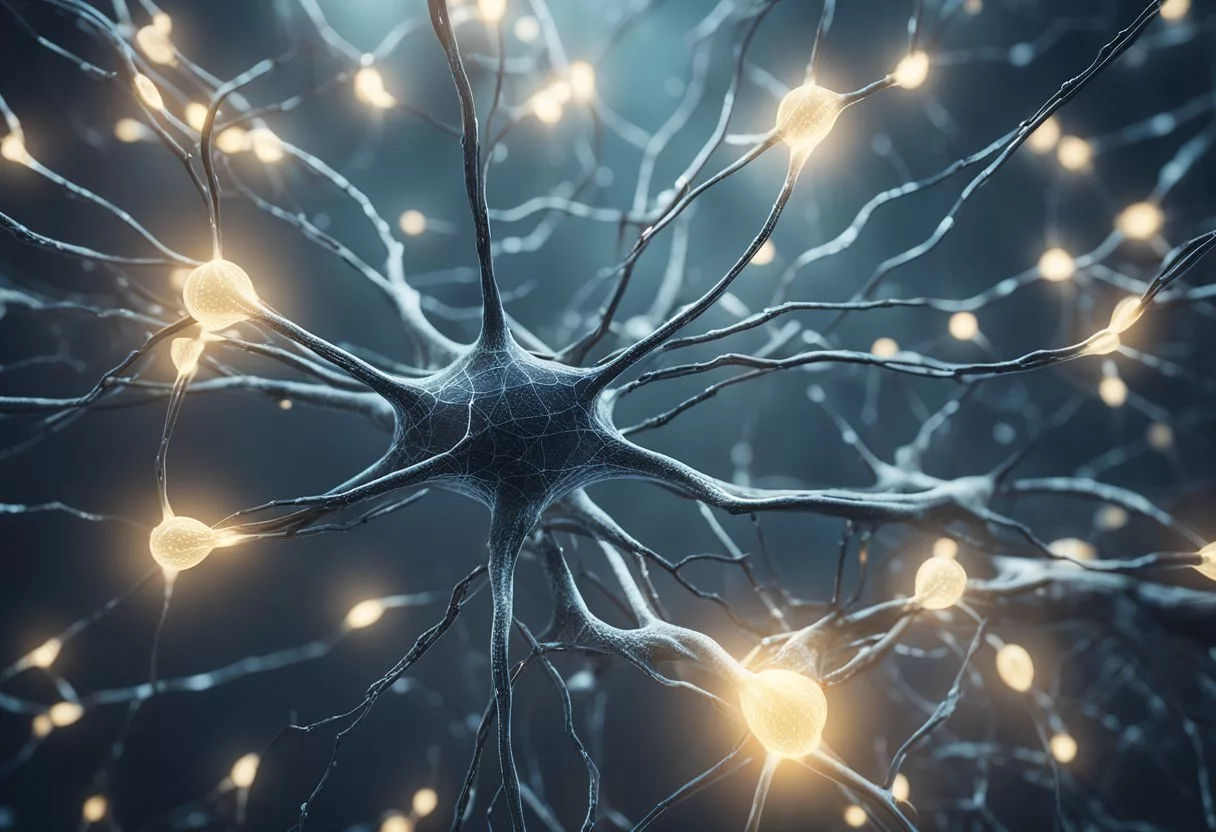
Physical and Cognitive Exercises
Engaging in regular physical activity has been shown to bolster brain health and can lead to improvements in cognitive functions.
Exercise promotes the release of brain-derived neurotrophic factor (BDNF), which supports neurogenesis and the survival of neurons, particularly in the hippocampus—a region critical to memory formation.
Structured exercise programs can improve cognitive abilities such as focus and attention.
In addition to physical workouts, cognitive tasks like language learning or musical training can stimulate the brain.
Educational activities that introduce novelty and complexity are believed to drive synaptic plasticity. Studies have found that engaging in brain plasticity-based training programs can lead to memory enhancement in various age groups.
Diet and Nutrition
Diet and nutrition also play a significant role in supporting brain plasticity.
Nutrients such as omega-3 fatty acids, antioxidants, and vitamins are essential for maintaining the structural integrity of brain cells and fostering neuroplasticity.
An optimal diet for brain health should include foods that support synaptic function and neuronal growth.
Technological and Novel Therapies
Innovative therapies like transcranial magnetic stimulation (TMS) are emerging as powerful tools to enhance brain plasticity.
TMS can non-invasively stimulate specific brain regions, potentially improving symptoms in neurological and psychiatric conditions.
Combining TMS with cognitive training may optimize the enhancement of brain plasticity.
Moreover, practices such as mindfulness have been linked with improvements in attention and neuroplasticity.
By focusing on the present moment, individuals may cultivate a mental environment conducive to synaptic changes and learning.
Limits and Considerations
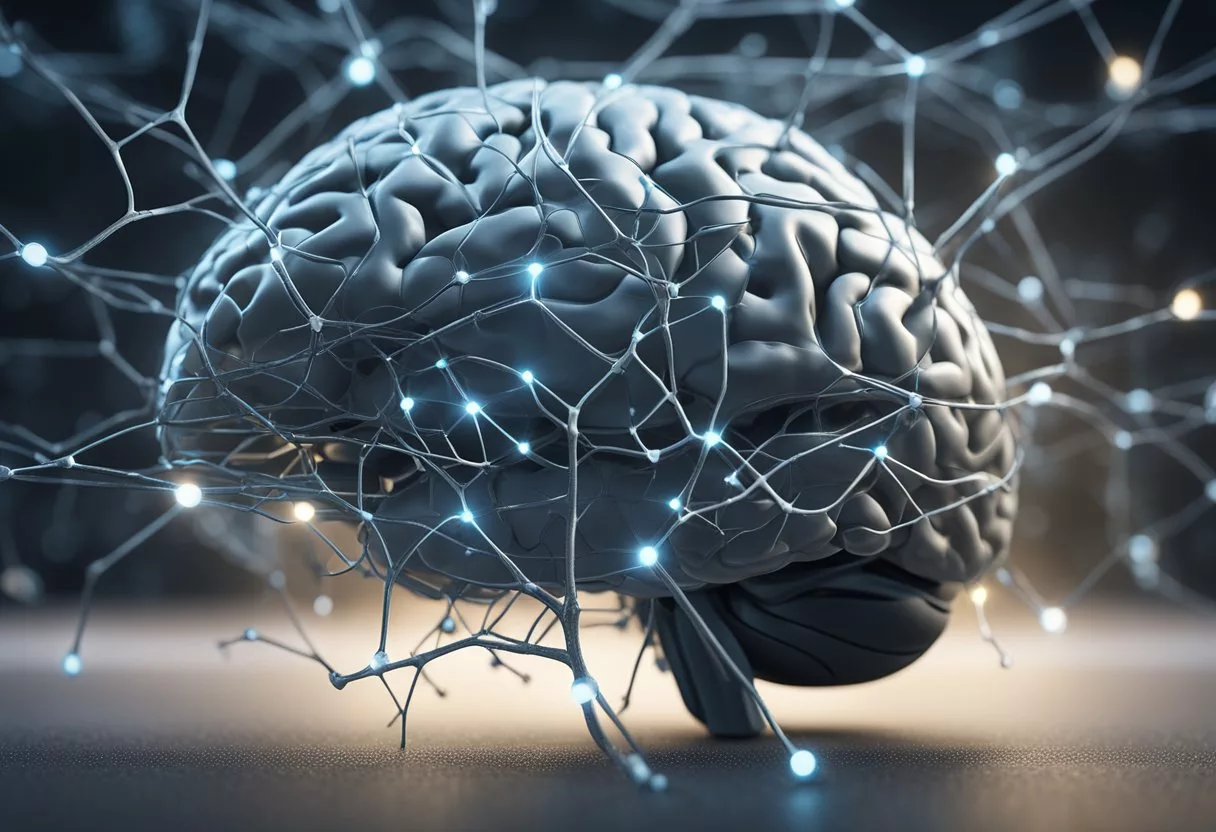
While brain plasticity offers remarkable potential for recovery and adaptation, it is bounded by both biological constraints and the need for maintaining stable neural functioning. This complex balance involves intricate processes such as synaptic plasticity, neuron pruning, and the formation of new connections.
Maladaptive Plasticity
Maladaptive plasticity refers to changes in the brain's neuronal networks that can be detrimental to function.
For instance, after a neural injury, the brain may reorganize through processes like axonal sprouting and new synapse formation. However, these changes might inadvertently reinforce harmful patterns, such as chronic pain or impaired motor functions.
Factors like prolonged stress and neuropathology can also exacerbate maladaptive changes, challenging the brain's ability to recover and adapt appropriately.
Maintaining Stable Neural Networks
To ensure proper functioning, stable neural networks must be preserved even as the brain adapts to new circumstances.
Synaptic plasticity and long-term potentiation play critical roles in strengthening beneficial connections.
However, excess neuroplasticity might lead to an unhelpful destabilization of these networks.
Neural pruning is one mechanism that helps maintain stability by removing unused or weak synapses. This process is particularly significant in the subventricular zone, where it supports the regulation of neural proliferation and integrates new neurons into existing circuits, without overwhelming the established network.
Personal and Social Implications

Brain plasticity has far-reaching consequences for both individual wellness and societal progress. These implications can be powerfully observed in educational settings and through the adaptive responses seen in sensory deprivation.
Education and Learning
Brain Plasticity and Learning: The brain’s ability to reorganize itself by forming new neural connections is pivotal in learning and education. Brain plasticity underpins the acquisition of new skills and the ability to recall and apply information.
For example, synaptic plasticity, which is the strength of synaptic connections between neurons, adjusts as one learns and remembers.
Neurogenesis and Education: The birth of new neurons, or neurogenesis, is an aspect of brain plasticity believed to contribute to cognitive functions relevant to education.
Activities that promote neurogenesis, such as musical training, are significant, as they potentially enhance memory and learning capabilities.
Sensory Deprivation and Compensation
Adaptation in the Blind and Deaf: Those who are blind or deaf may experience compensatory changes in the brain that highlight its adaptable nature.
Blind individuals often show enhanced abilities in their other senses, such as auditory processing or tactile perception, due to adaptive brain plasticity.
The brain reallocates resources from the deprived sensory modality to heighten others, contributing to a remarkable form of neural reorganization.
Language and Episodic Memory: Language acquisition and episodic memory are areas where brain plasticity plays a crucial role, especially in individuals who are deaf.
They often adapt through alternative communication methods, such as sign language, which can stimulate regions of the brain associated with language and movement. This plasticity helps in not only language development but also in forming and retrieving personal experiences - episodic memory.
Frequently Asked Questions

Understanding the dynamic nature of the brain's ability to reorganize itself is fundamental in grasping the role of neuroplasticity in various aspects of health and recovery.
How does neuroplasticity impact recovery from brain injuries?
Neuroplasticity facilitates the brain's repair process post-injury by enabling the reassignment of functions from damaged to undamaged areas. The brain's adaptive mechanisms can partially or completely restore cognitive and motor functions, illustrating neuroplasticity's pivotal role in recovery.
What role does brain plasticity play in learning and memory?
Brain plasticity underlies learning by strengthening the synaptic connections between neurons.
Long-term potentiation, a form of synaptic plasticity, is critical for memory formation and consolidation, making it the cornerstone of acquiring new skills and information.
Can brain plasticity contribute to the treatment of neurodegenerative diseases?
Interventions aiming to harness brain plasticity have the potential to mitigate symptoms and improve cognitive function in neurodegenerative diseases.
For example, targeted cognitive training can stimulate neuronal adaptability, offering a promising approach to therapy.
In what ways might regular physical exercise affect neuroplasticity?
Physical exercise is known to promote neuroplasticity by stimulating the production of neurotrophins, which support neuron survival and the formation of new neural connections.
This enhancement in plasticity can lead to improved cognitive function and neural health.
What are the implications of brain plasticity for cognitive aging?
Brain plasticity has significant implications for cognitive aging, as it can counteract age-related decline.
Engaging in mentally stimulating activities can help maintain cognitive reserves and plasticity, potentially delaying the effects of aging on the brain.
How do environmental factors influence brain plasticity over the lifespan?
Environmental factors positively influence brain plasticity. Elements like enriched environments, social interaction, and intellectual challenges play a crucial role in the brain's lifelong adaptability and health.